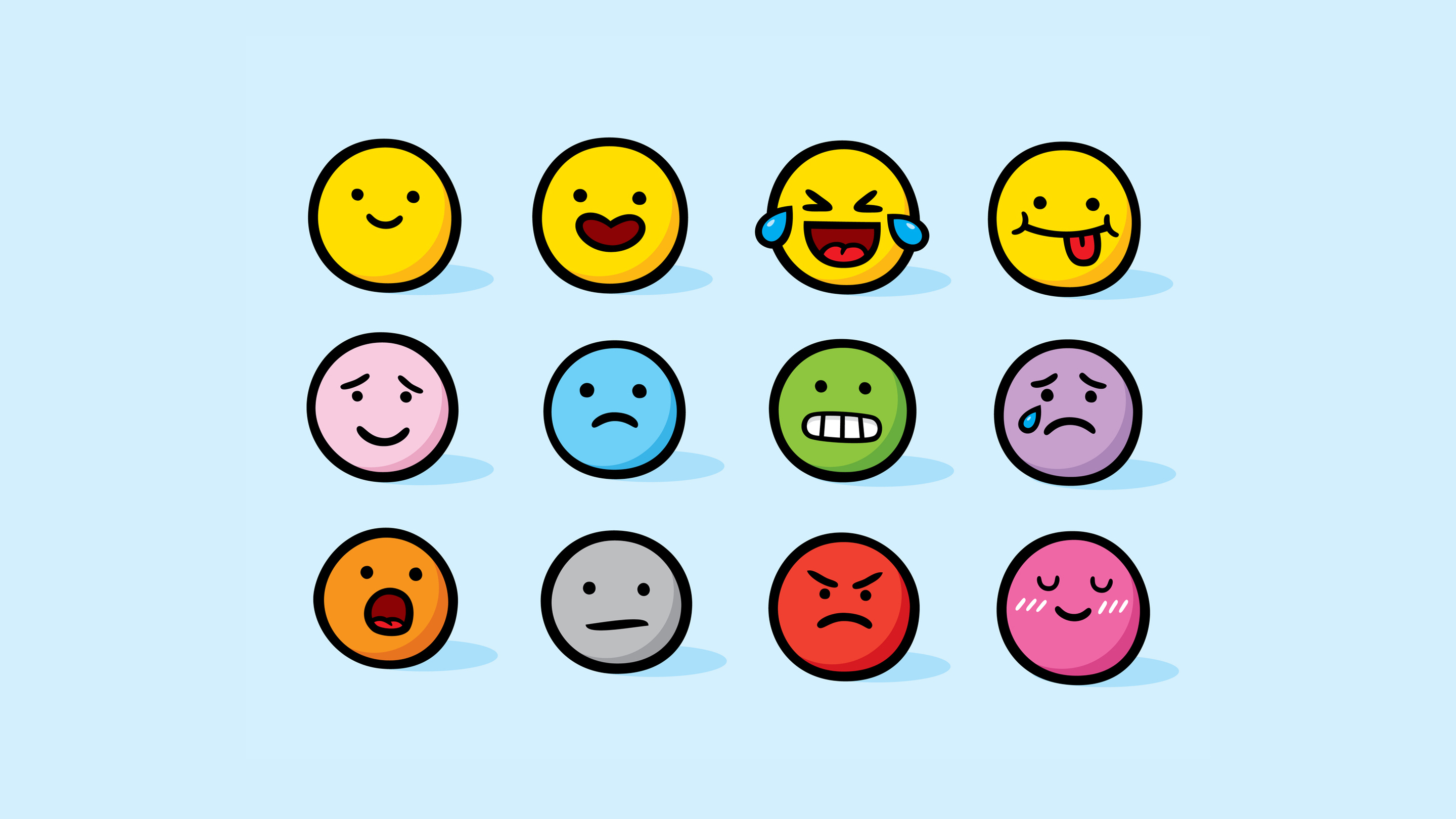The sentence "What if the concept of colors changed based on your emotions?" sparks a fascinating exploration into the intersection of perception, psychology, and cognition. It delves into the intriguing notion of subjective reality and how our internal states might influence our external perceptions.
Color perception is a complex phenomenon governed by both physiological processes and psychological factors. While the physical properties of light waves determine the wavelengths we perceive as colors, our brains play a crucial role in interpreting and assigning meaning to these stimuli. The idea that emotions could alter our perception of colors introduces an intriguing twist to this process.
Imagine a world where the color spectrum is not fixed but rather fluid, shifting in response to the emotional landscape of individuals. In such a scenario, each emotion—joy, sadness, anger, fear, and everything in between—could be associated with its unique palette of colors. For instance, happiness might evoke vibrant hues and warm tones, while sadness could manifest in muted shades and cool colors.
This concept opens up a realm of possibilities for understanding the subjective nature of human experience. It suggests that our emotional states could serve as filters through which we perceive the world around us, subtly tinting our reality with hues that reflect our inner feelings. In this way, the same object or scene might appear vastly different to individuals experiencing contrasting emotions.
Furthermore, the idea prompts reflection on how cultural influences and personal experiences might shape these emotional associations with color. Different societies often attribute diverse meanings to colors, ranging from symbolism in art and literature to practical applications in branding and marketing. Incorporating emotions into this framework adds another layer of complexity, highlighting the deeply intertwined nature of perception and cognition.
Practically, such a phenomenon could have profound implications across various domains, including art, design, psychology, and even technology. Artists may explore new ways of expressing emotions through color, while designers could create environments tailored to evoke specific emotional responses. Psychologists might study how color-emotion associations impact mood regulation and well-being, while technologists could develop innovative tools for enhancing emotional communication through visual interfaces.
Ultimately, contemplating the idea of colors changing based on emotions invites us to reconsider the nature of reality and the subjective lenses through which we perceive the world. It challenges us to explore the intricate interplay between our internal states and external stimuli, offering a glimpse into the rich tapestry of human experience.


Comments
Post a Comment